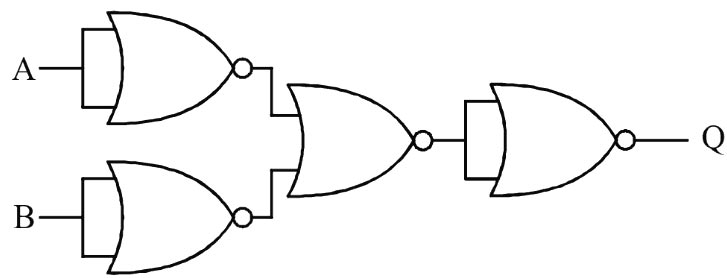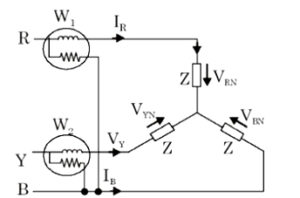For Bulb 1
Power = 60 W
Voltage = 230 V
R = V2/P
R = (230 × 230)/60
R = 881.66 Ω
For Bulb 2
Power = 230 W
Voltage = 120 V
R = V2/P
R = (230 × 230)/100
R = 529 Ω
In a parallel connection, the voltage across each element is the same. So when a 60W bulb and 1o0 W bulb are connected in parallel, the voltage across them will be the same i.e 230 V in the given case. To find which bulb will glow brighter we need to find the power dissipation across each of them. From the relation
P = V2/R
Since the voltage is the same we can say that power dissipation will be higher for the bulb with lower resistance i.e. 100W bulb, or the bulb with the higher rating will glow brighter.
In a series connection, the current flowing across each element is the same. So when the 60W bulb and 100W bulb are connected in series, the same current will flow through them. To find which bulb will glow brighter we need to find the power dissipation across each of them. From the relation
P = I2R

